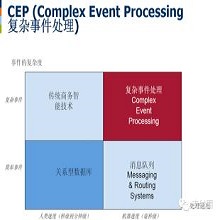In this paper, we present an approach to Complex Event Processing (CEP) that is based on DeepProbLog. This approach has the following objectives: (i) allowing the use of subsymbolic data as an input, (ii) retaining the flexibility and modularity on the definitions of complex event rules, (iii) allowing the system to be trained in an end-to-end manner and (iv) being robust against noisily labelled data. Our approach makes use of DeepProbLog to create a neuro-symbolic architecture that combines a neural network to process the subsymbolic data with a probabilistic logic layer to allow the user to define the rules for the complex events. We demonstrate that our approach is capable of detecting complex events from an audio stream. We also demonstrate that our approach is capable of training even with a dataset that has a moderate proportion of noisy data.
翻译:在本文中,我们介绍了基于深质记录(DeepProbLog)的复杂事件处理方法(CEP),该方法有以下目标:(一) 允许使用亚共振数据作为投入,(二) 保留复杂事件规则定义的灵活性和模块性,(三) 允许系统以端到端方式接受培训,(四) 强力应对有声标的数据,(四) 我们的方法利用DeepProbLog来创建一个神经-共振结构,将神经网络结合起来,处理带有概率逻辑层的亚共振数据,使用户能够界定复杂事件的规则,我们证明我们的方法能够从音频流中探测复杂事件,我们还表明我们的方法甚至能够培训具有适度噪音数据的数据集。



